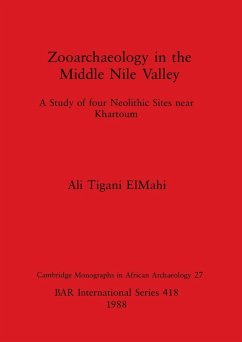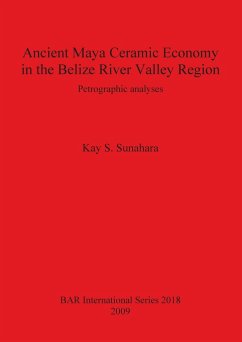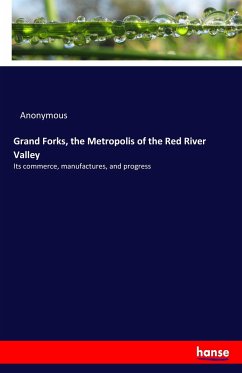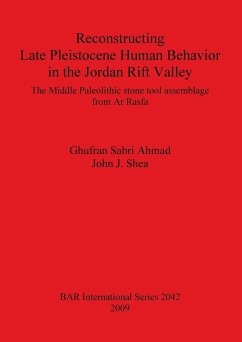
The Zooarchaeology of the Late Neolithic Strymon River Valley
The case of the Greek sector of Promachon-Topolni¿a in Macedonia, Greece
Versandkostenfrei!
Versandfertig in 1-2 Wochen
112,99 €
inkl. MwSt.

PAYBACK Punkte
56 °P sammeln!
Excavations on the border between Greece (sector Promachon) and Bulgaria (sector Topolni¿a) in the basin of the river Strymonas, in Macedonia northern Greece, have revealed a 'flat-extended' settlement dating to the Late Neolithic. In addition to the rich array of material culture evidence, the excavation yielded a substantial quantity of animal bones, thus offering an unparalleled opportunity to study the human-animal relationships. This book focuses on the study of the faunal assemblage from the Greek sector of Promachon, and examines the role and the contribution of domestic and wild anima...
Excavations on the border between Greece (sector Promachon) and Bulgaria (sector Topolni¿a) in the basin of the river Strymonas, in Macedonia northern Greece, have revealed a 'flat-extended' settlement dating to the Late Neolithic. In addition to the rich array of material culture evidence, the excavation yielded a substantial quantity of animal bones, thus offering an unparalleled opportunity to study the human-animal relationships. This book focuses on the study of the faunal assemblage from the Greek sector of Promachon, and examines the role and the contribution of domestic and wild animals in subsistence. This information is especially valuable considering the scarcity of faunal data from contemporary settlements across the basin of the Strymonas during a time period (the 5th millennium BC) that is considered one of the most dynamic eras in the prehistory of southeastern Europe. This study also clarifies trends in animal management at both the micro and the macro scales, through a detailed comparison of faunal data between Promachon and other contemporary sites from northern Greece and the Balkan regions.












